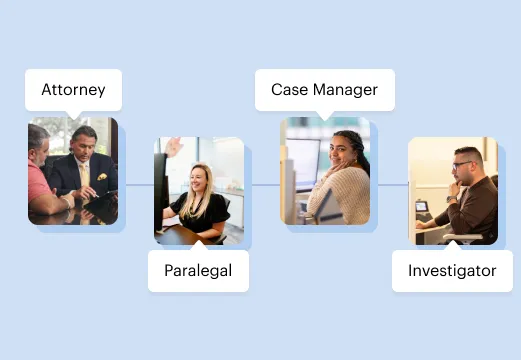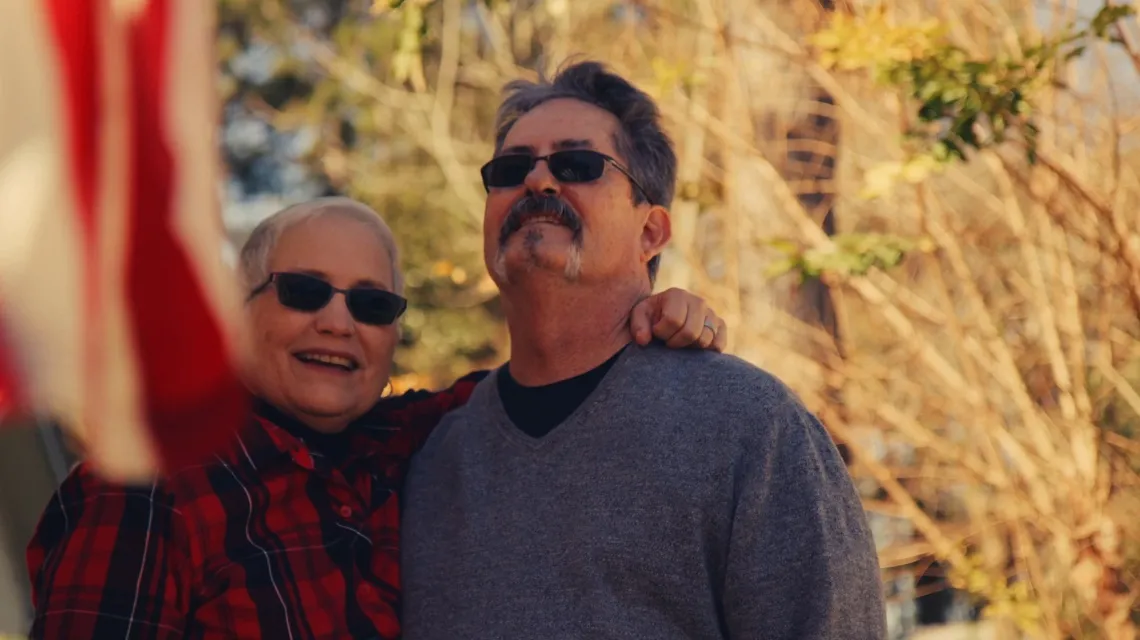Results may vary depending on your particular facts and legal circumstances. The attorney featured above is licensed in Florida. For a full list of attorneys in your state please visit our attorney page.
Is it Possible to Sue MTA Transportation in NYC?
We've helped thousands of people recover physically, financially, and emotionally after serious injuries.
Results may vary depending on your particular facts and legal circumstances. The attorney featured above is licensed in Florida. For a full list of attorneys in your state please visit our attorney page.
New York Personal Injury Lawyers
We’re proud to fight for our neighbors. Meet the attorneys from your community.
100,000+ Five Star Reviews
The reasons why clients trust Morgan & Morgan.
Based on select nationwide reviews.
Results may vary depending on your particular facts and legal circumstances.
Our Results
Results may vary depending on your particular facts and legal circumstances.
How It Works
Focus on your recovery. We'll take care of the rest.

Submit your free evaluation
Start your claim

Meet your legal team

We fight for more
Results may vary depending on your particular facts and legal circumstances. The attorneys shown in these photos may not be licensed in your state. To find an attorney licensed in your area, please visit our attorney page.
Local Care
Backed by America’s Largest Injury Law Firm.
$25 Billion
Recovered for clients
nationwide700,000+
Clients and families
served1,000+
Attorneys across
the country1
Click may change your life
The attorney featured above is licensed in Florida. For a full list of attorneys in your state please visit our attorney page.
Results may vary depending on your particular facts and legal circumstances.
Learn More
Injured and not sure what to do next? We'll guide you through everything you need to know.
Get answers to commonly asked questions about our legal services and learn how we may assist you with your case.
What Is the New York Statute of Limitations?
New York’s statute of limitations regarding personal injury lawsuits generally allows victims to file lawsuits for up to three years after their accident. However, the usual statutes of limitations do not apply when suing the government. Moreover, there is an added provision that you must file a notice of claim before you can file a lawsuit.
You must file a notice of claim to sue the MTA within 90 days of the accident or risk losing the chance to pursue compensation. You may have a good case, but a court could dismiss your lawsuit right away if you fail to file the applicable document. Moreover, you are usually required to file your lawsuit against the MTA within one year and 90 days.
What Is a Notice of Claim and Why Is It Important?
Sovereign immunity generally protects government agencies from lawsuits. By filing a notice of claim, MTA’s immunity is waived, allowing victims to seek compensation. The notice of claim informs the government agency of your injury or your loved one’s death and usually includes:
- The victim’s name and address
- The name and address of the lawyer representing you
- The facts of the accident, including the date and time
- Details of the injury
- Details of your damages
It is a good idea to have the document drawn up by an experienced attorney to ensure legal validity. Once the notice is filed, the MTA has 30 days to request a hearing where you will likely have to testify about the accident. You may also have to undergo a physical examination by a doctor determined by the MTA.
After the hearing, you should be able to commence with filing your lawsuit. Bear in mind that if you intend to sue the MTA, you must file suit within one year and 90 days of your injury. In a wrongful death claim against the authority, you need to file a suit within two years of your loved one’s death.
Do I Have to Go to Court With an MTA Lawsuit?
According to figures from the Bureau of Justice Statistics (BJS), going to court for a personal injury lawsuit is pretty unlikely. The majority of injury compensation claims are settled without going to trial. In most cases, your attorney will aim to negotiate a satisfying settlement with the government agency.
However, settling out of court requires that the parties agree and that MTA accepts responsibility for your accident and damages. If the MTA denies or disputes fault for your injuries, or you have some fault in the accident, your case could move through the court system. In most cases, having a seasoned personal injury attorney by your side can be beneficial. Your attorney can fight vigorously for what you deserve. If a fair out-of-court settlement seems impossible, your lawyer can fight for your rights at trial.
Do I Need a Lawyer for my Case?
If a government authority such as the MTA or an employee is responsible for your accident, consider working with Morgan & Morgan’s determined personal injury attorneys. Holding a government entity to account can involve several additional steps. Without ensuring all documents are filed correctly and on time, your case could simply get thrown out on a technicality, potentially barring you from receiving your rightful payout.
After getting hurt in an MTA accident, your best next step can be consulting with Morgan & Morgan. We have brought similar lawsuits against government agencies and know how to fight for what you need to move on with your life after suffering an injury. Going it alone can be challenging and overwhelming. While the claims procedure might seem straightforward, making one misstep could put your entire case at risk. Our dedicated lawyers can file the notice of claim and all other necessary legal documents, ensuring you do not miss any critical deadlines.
Contact Morgan & Morgan Now for Help
Experiencing a serious accident on public transportation can be life-changing. Dealing with your injuries while at the same time trying to figure out how to file a lawsuit against MTA can be daunting. It does not have to be this way. Morgan & Morgan’s personal injury attorneys know how to sue MTA NYC transportation and can fight vigorously for justice and compensation on your behalf. You pay nothing unless we win. Get started today and contact us for a free case review.






































